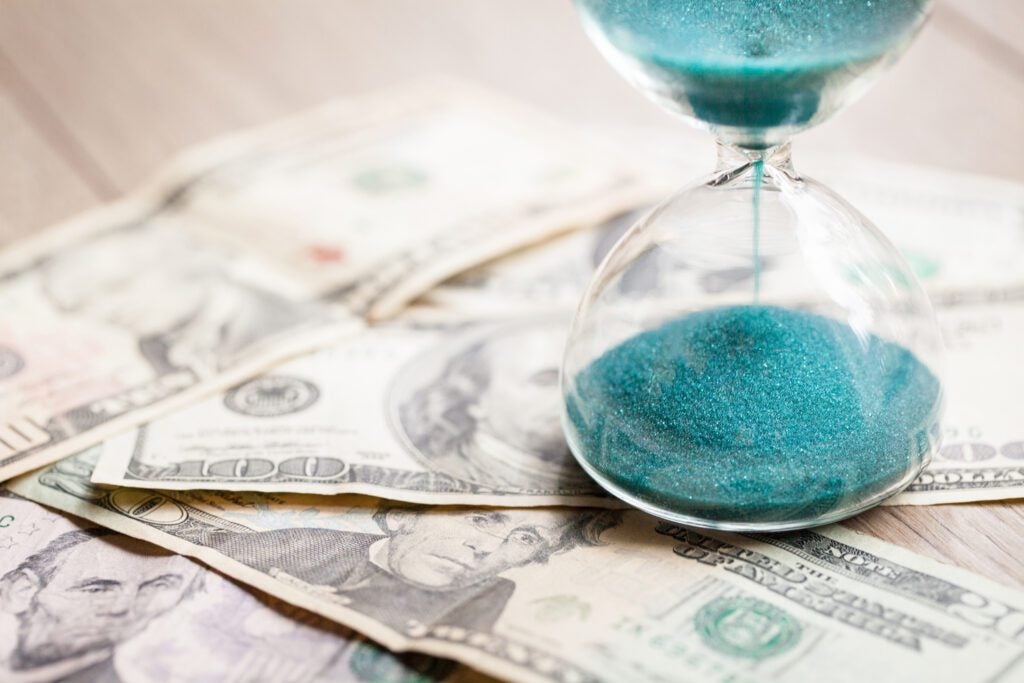The programmatic payment gap is a well-known issue.
Marketers often don’t pay for weeks or months after a campaign is served while waiting to verify that their ads were served properly and against acceptable content. Publishers and ad vendors, meanwhile, wallow in low cash flow.
In Q2 2020, late programmatic campaign payments jumped for the first time since OAREX began tracking the metric. OAREX helps ad tech vendors and pubs bridge campaign payment and reconciliation gaps by purchasing their digital media and advertising receivables.
What was happening there? Advertisers and ad tech vendors, fearful of cash flow running dry, were withholding normal on-time payments.
Not that bad
In the latest OAREX half-year payment report released this week, late payments are back on the rise, although to a lesser degree than in 2020.
Fifty-three percent of payments were coming in late in June 2020, which dropped below pre-pandemic levels to 37% by December of last year. That late payment rate rose to 42% during the first half of this year.
Even so, the uptick in late payments could even be a healthy sign that programmatic and online ad markets are beginning to move more in line with the general economy.
“Everything you’re reading currently is very doom and gloom,” said OAREX EVP Nick Carrabbia. “And we don’t think that it’s necessarily all that bad.”
Because payments up to two weeks late are fairly typical, practically even standard practice, in some cases, OAREX also tracked the rate of late payments beyond a 15-day window, which increased from 9% of all campaign payments at the end of 2021 to 12% now.
One factor that likely helped ease the liquidity crunch between 2020 and the first half of 2021 – and something that’s missing this year – was the stimulus checks that were sent out to millions of Americans during the pandemic.
“That’s relatively speculative,” Carrabbia said, “but we felt it was a big part of the improvements in payment timing.”
Overall, though, any uptick in late payments mirrors the general pessimism and conservatism in the ad market, he said. While there have been some pullbacks and softening of consumer purchases, this year, brands are mainly tightening their belts out of self-imposed discipline rather than existential dread.
Early sign of trouble (or not a big deal)?
Interestingly – and tellingly, perhaps — most programmatic vendors do tend to pay on time, at least compared to others in the ad supply chain, Carrabbia said, and this has been true since before the pandemic.
Perhaps these companies, which, frankly, provide some of most replaceable elements in the supply chain, don’t want to raise any flags with publishers who might get wary and kick them to the curb if they pay late.
Google, Conversant, 33Across, TripleLift, domain name and website marketplace Sedo and Proper Media are six programmatic companies that haven’t paid late so far in 2022, at least by OAREX’s tracking.
Still, it’s not impossible that the rise in late payments earlier this year could be an early warning sign of a downturn akin to 2020 – but don’t freak out.
“Although campaign payments are becoming a little later again,” Carrabbia said, “they’re pretty much in line with pre-pandemic levels.”














